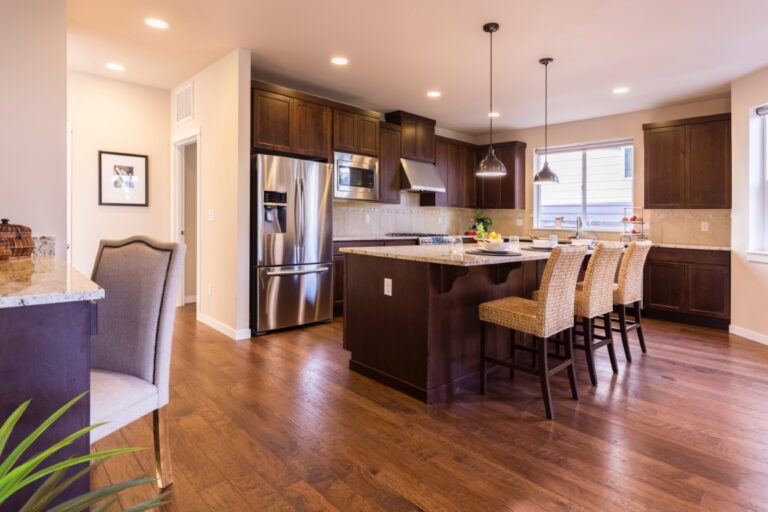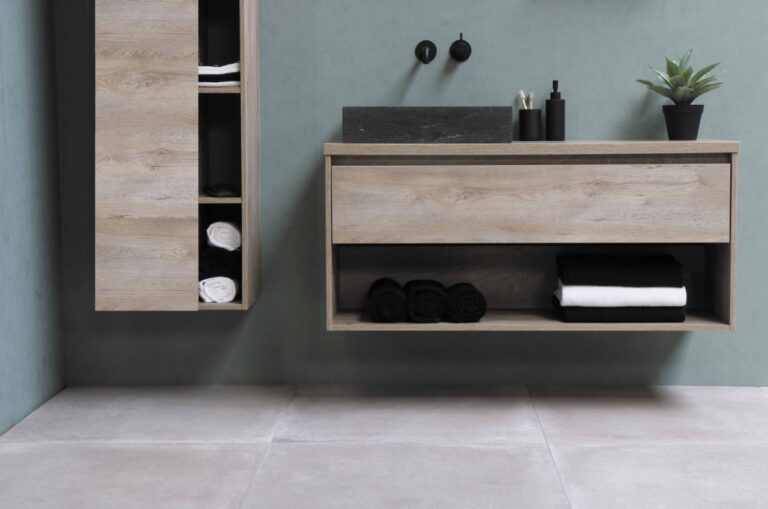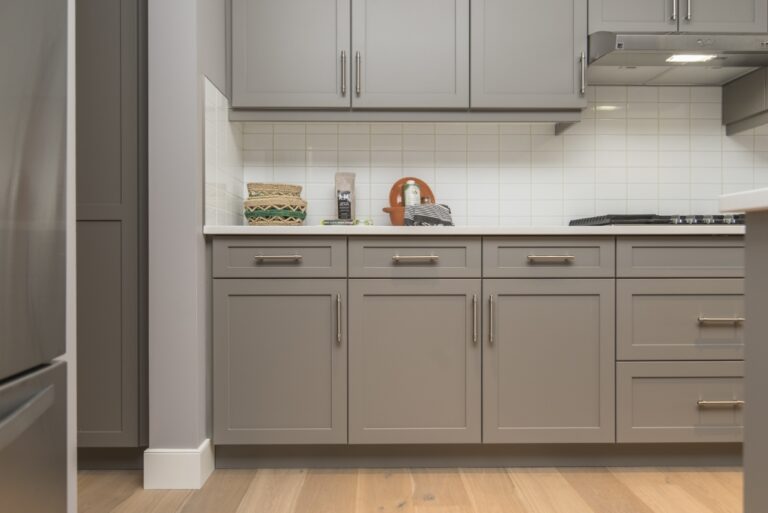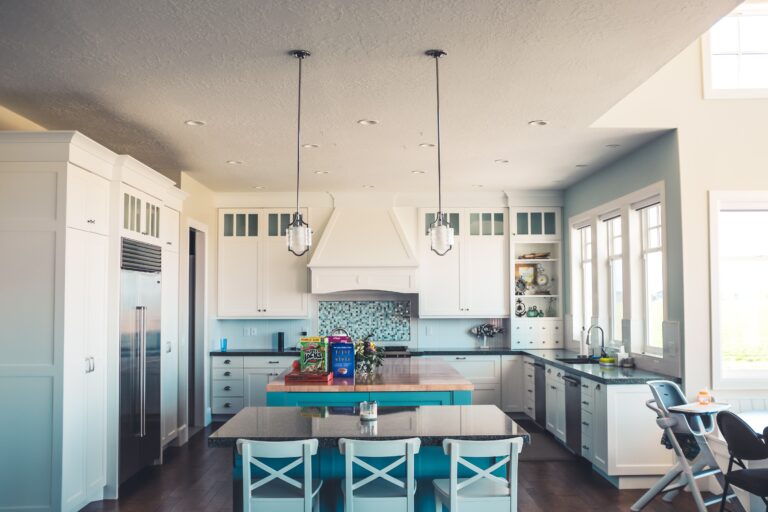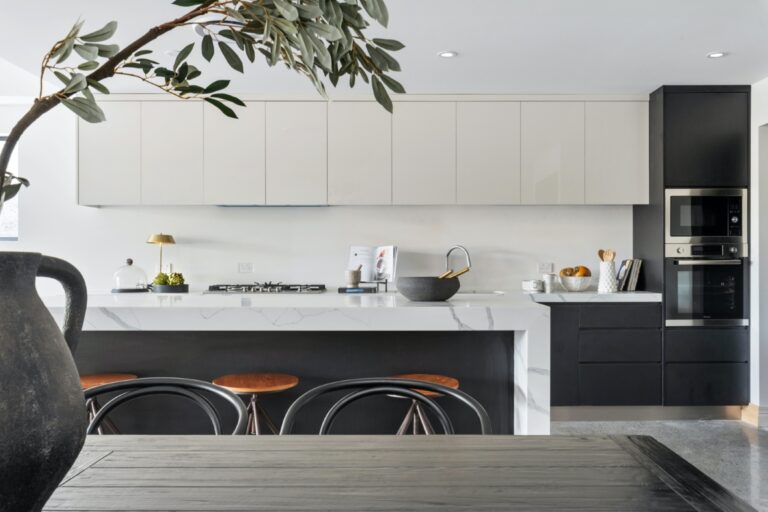The Art of Minimalist Kitchen Cabinet Design: Less is More
In a world filled with excess, the concept of minimalism has gained significant traction. From art and fashion to interior design, the “less is more” philosophy is transforming living spaces. In this blog, we’ll delve into the art of minimalist kitchen cabinet design and explore how simplicity and functionality can create a serene, elegant, and highly efficient culinary haven.
- Clean Lines and Simplicity:
Minimalist kitchen cabinet designs are all about clean lines and simplicity. Cabinets with flat, handle-less fronts or sleek, minimalist handles create an uncluttered and timeless look. This design choice not only enhances the visual appeal but also makes cleaning and maintenance a breeze.
- Neutral Color Palette:
Neutral color schemes are fundamental to minimalist design. Opt for cabinets in muted tones such as white, gray, or beige. These colors create a soothing, open ambiance, and they serve as a versatile backdrop for other design elements, such as countertops, backsplashes, and appliances.
- Hidden Storage Solutions:
Minimalism doesn’t mean sacrificing storage space. In fact, it encourages clever solutions to keep clutter out of sight. Consider deep drawers, pull-out pantry shelves, and hidden compartments within your cabinets. These features maximize storage while maintaining a streamlined appearance.
- Efficient Organization:
Minimalist kitchen cabinets are designed with functionality in mind. You can incorporate specialized storage for utensils, pots, and pans, making it easy to keep your kitchen organized and efficient. Pull-out spice racks, adjustable shelving, and drawer dividers are all minimalist-friendly options.
- Natural Materials:
Bringing nature indoors is a core aspect of minimalist design. Consider using natural materials like wood for your cabinet fronts. Wood not only adds warmth but also creates a harmonious connection with the surrounding environment, fostering a sense of calm and balance.
- Hidden Appliances:
To maintain a clean, uncluttered look, consider integrating your kitchen appliances into your cabinetry. Built-in ovens, refrigerators, and even dishwashers can be concealed behind cabinet doors, providing a seamless and cohesive appearance in your kitchen.
- Open Shelving:
While minimalism often emphasizes hidden storage, open shelving can add a touch of visual interest. Use open shelves sparingly to display a few carefully curated items, such as stylish dinnerware or cookbooks. This subtle contrast can enhance the overall design.
- Quality Over Quantity:
In a minimalist kitchen, each element should be carefully chosen for its quality and purpose. Invest in durable, high-quality cabinets and fixtures that will stand the test of time. By prioritizing quality over quantity, you can create a kitchen that’s both aesthetically pleasing and functional.
Conclusion:
Minimalist kitchen cabinet design is more than just a trend; it’s a timeless approach to creating a serene and efficient culinary space. By embracing clean lines, neutral colors, efficient storage solutions, and natural materials, you can transform your kitchen into a minimalist masterpiece. Remember that the essence of minimalism lies not in the absence of elements but in the careful selection of those that truly matter, creating a harmonious and functional living space that brings peace and tranquility to your home.



